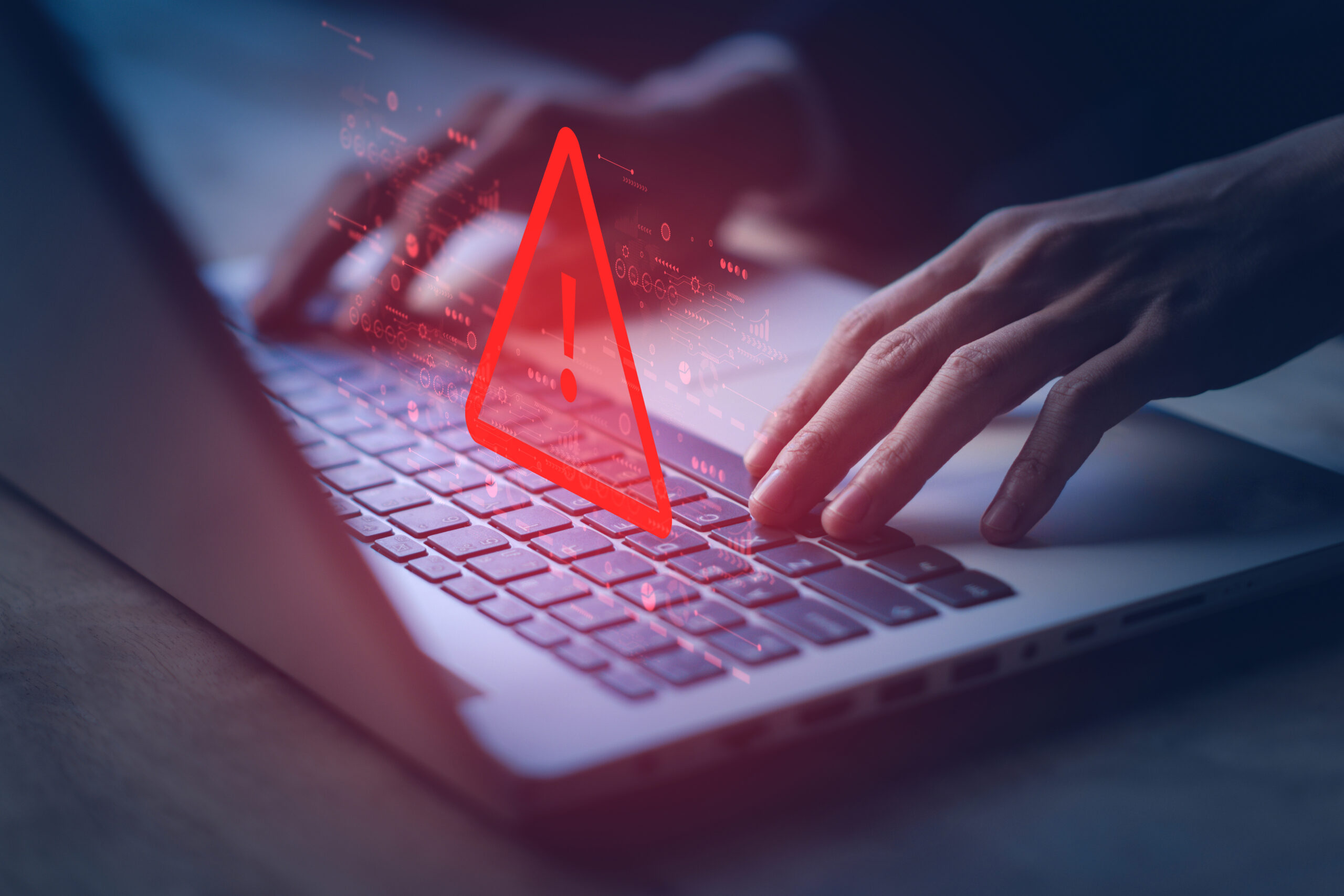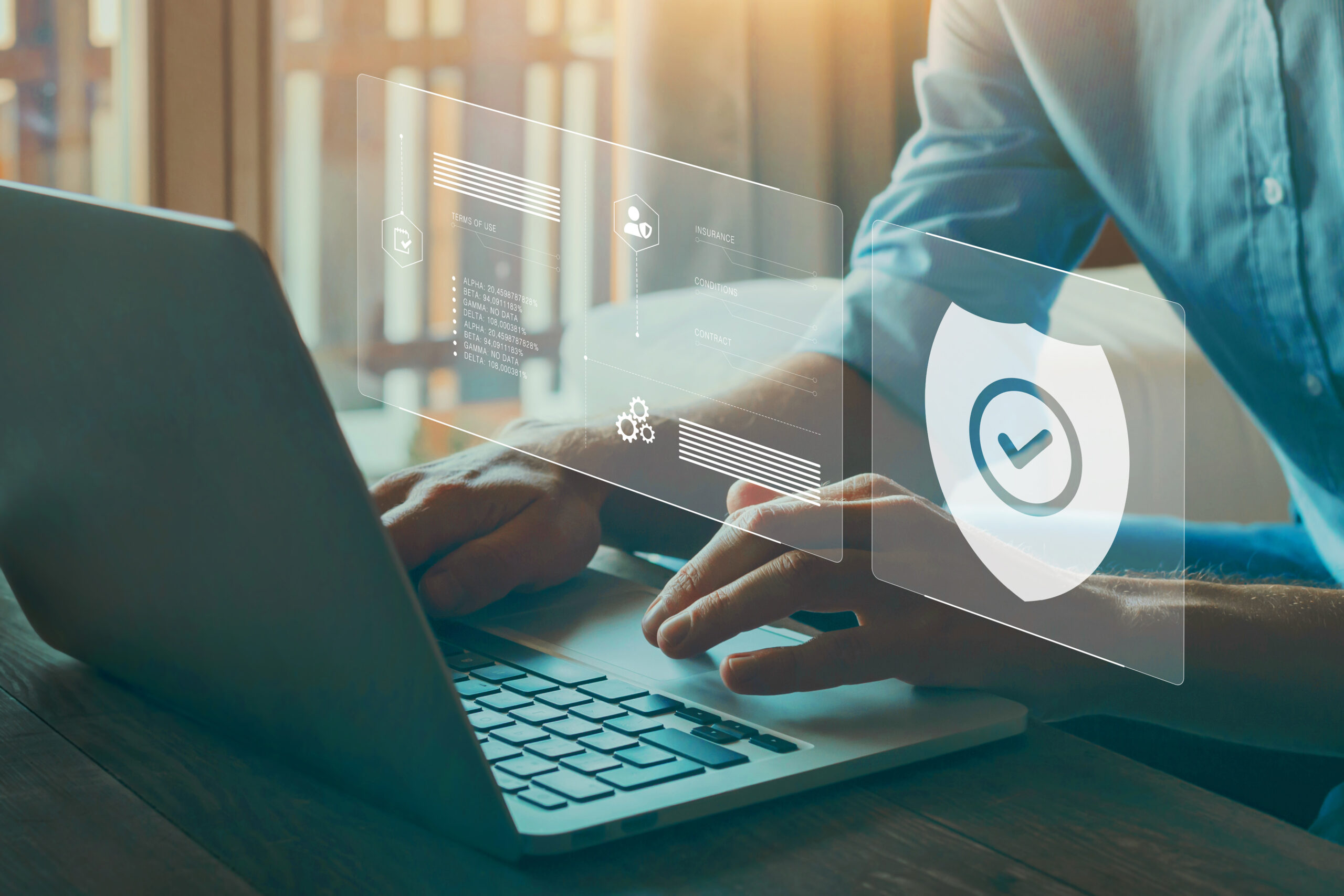cyber security

August 19, 2025
October Is Cybersecurity Awareness Month
October is Cybersecurity Awareness Month. During this month, the public and private sectors work together to raise awareness about the importance of cybersecurity. October 2025 marks the 22nd Cybersecurity Awareness Month. This month serves as a reminder that businesses must stay cybersecure to safeguard company data, protect customers’ personal information and ensure employee privacy. Here...

June 24, 2025
Safeguarding Businesses From Tech Support and Internal Help Desk Scams
Cybercriminals employ various techniques to infiltrate networks and steal sensitive data. Technical support scams, where fraudsters pose as major tech vendors, and IT-help desk scams, where malicious actors impersonate internal IT staff, are two mechanisms they use to achieve their objectives. Small and midsize firms with limited IT oversight and resources often make for attractive...

April 22, 2025
The Importance of Cyber Insurance for Small Businesses
Businesses across industry lines have become more reliant on technology to conduct their operations. However, any digital presence—no matter how small—presents a cybersecurity risk. Whether a business utilizes e-commerce, stores sensitive data or sends emails, it could be vulnerable to cyberattacks. These incidents can result in large-scale financial losses, regulatory fines and reputational damage. While...

January 23, 2025
Manufacturing Industry Trends to Watch in 2025
The manufacturing industry plays a critical role in driving economic growth, producing a diverse range of goods essential to global markets. In recent years, this sector has seen significant expansion fueled by increasing production demands and legislative initiatives offering funding and tax incentives. In fact, professional services firm Deloitte reported that construction spending in manufacturing—funds...

December 31, 2024
2025 Cyber Insurance Trends to Watch
With the fast-changing nature of cyberthreats, cyber insurance can be an especially volatile and dynamic segment, and frequent market changes can make pricing predictions difficult to pin down. The CrowdStrike and Change Healthcare incidents highlighted the greater impact of just one cyberattack across multiple organizations and business sectors. Given the potential impact of systemic events...

April 25, 2024
Email Is Where Most Cyber Insurance Claims Originate
This past year saw cyber insurance claims frequency up 13% year-on-year and claims severity increased 10%, according to Coalition’s 2024 Cyber Claims Report. Funds transfer frauds (FTF) and business email compromises each accounted for 28% of cyber insurance claims in 2023, according to Coalition, Inc. Ransomware accounted for 19% of claims, while other events such as...

April 18, 2024
5 Cyberthreats to Watch in 2024
Cybersecurity is paramount to preserving the financial integrity and consumer trust of insurance companies and the businesses and personal finances of policyholders. The 2024 Cybersecurity Benchmarking Survey by ACA Aponix and the National Society of Compliance Professionals (NSCP) asked compliance professionals what they perceive to be the top threats this year and found email phishing...

February 13, 2024
Debunking 5 Common Cybersecurity Myths
Also known as IT security, cybersecurity refers to the act of safeguarding internet-connected systems, critical data and other digital assets from potential cyberthreats—threats that may attempt to exploit sensitive information, steal funds or disrupt normal business operations. In other words, cybersecurity consists of the strategies implemented to help protect people, processes and technology from cyberattacks...

November 30, 2023
How Vulnerable to Cyberattacks Are Commercial Buildings?
At first blush, the ransomware attack on Colonial Pipeline(link is external) in May 2021 and a hacker’s attempt to poison the water supply(link is external) in Oldsmar, Fla., in February of the same year may not appear to have much bearing on the safety of the average commercial building. But in reality, most buildings are vulnerable to these types...

November 15, 2023
Common Social Engineering Tactics to Watch For
Social engineering refers to a cyberattack method in which a cybercriminal preys on key human behaviors (e.g., trust of authority, fear of conflict and promise of rewards) to obtain unwarranted access to targets’ technology, systems, funds or data. These attacks can be deployed through various tactics, such as digital impersonation, deceitful messages or malicious software...
- 1
- 2
Recent Posts
- Safe Use of Forklift Work Platforms
- California Privacy Protection Agency Finalizes Automated Decision-making Technology Regulations
- CVSA Reveals 2025 Operation Safe Driver Week Results
- Marketplace Plans Opened Nov. 1, Premium Increases Expected
- Preventing and Addressing MIC in Fire Sprinkler Systems
